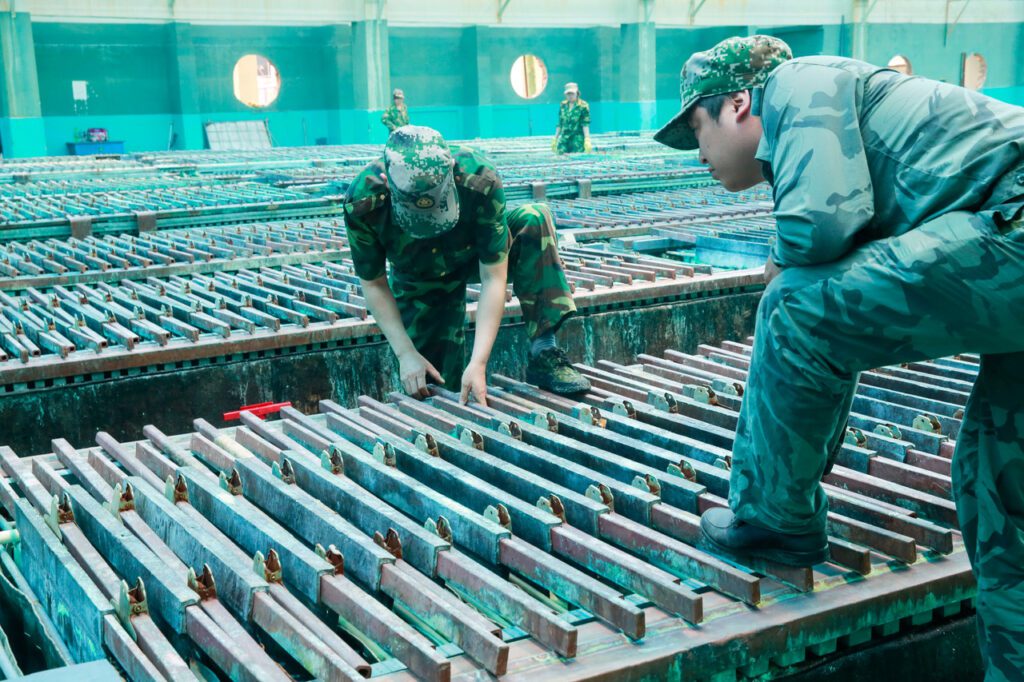The Importance of Hybrid AI and Human Red Teams
The Red Cell initiative, a collaboration with the Stimson Center, is modeled after the CIA’s Red Cell, which was established post-September 11 to avert future analytic failures. Its goal is to challenge prevailing assumptions and groupthink to inspire innovative strategies addressing America’s foreign and national security challenges. More details about the Stimson Center’s Red Cell Project can be found here.
Understanding Red Cell
Many policymakers mistakenly believe that geopolitical factors are all that is required for developing technology policies and export controls, ignoring three significant vulnerabilities that could threaten U.S. national security.
First, rapid technological advancements have outstripped traditional geopolitical analysis. Just as steam engines facilitated new forms of crime, modern tech policies meant to safeguard U.S. innovations can be exploited by adversaries, resulting in vulnerabilities that are even more serious than the risks they seek to mitigate.
Second, the in-depth evaluation of adversaries’ capabilities—once a fundamental aspect of national security decision-making—has diminished. Historically, the National Security Council (NSC) was adept at predicting how adversaries could manipulate U.S. tech policies, but recent practices indicate that this crucial perspective is losing importance, increasing U.S. susceptibility to unforeseen consequences.
Enhancing Analysis with Modern AI Systems
Modern AI technology offers an unparalleled opportunity to strengthen the analysis of adversaries’ capabilities. These systems can swiftly generate diverse scenarios regarding how adversaries might exploit suggested technology controls—much like how financial institutions blend AI fraud detection tools with human insights to preemptively tackle sophisticated financial crimes. This underscores the necessity of including AI-powered “red teaming” alongside human expertise to unveil potential exploitation before policies are enacted. Historically, red teams in U.S. national security have provided alternative analyses and critiqued consensus views, revealing possible blind spots in intelligence assessments.
It is clear why hybrid AI and human red teams are essential now. Nations of concern have already devised methods to circumvent well-meaning U.S. export controls and related technologies, leading to significant issues. Notable cases include Iran’s response to dual-use technology controls, Russia’s maneuvering of ITAR restrictions, and China’s exploitation of semiconductor controls.
Enhancing Export Controls through AI-Human Red Team Analyses
Innovative methods are necessary to support the Committee on Foreign Investment in the U.S. and other entities in protecting American technologies effectively while staying ahead of the rapidly shifting capabilities of adversaries. A robust solution would incorporate hybrid “red teaming,” leveraging both human and AI assessments before implementing any U.S. tech policy. This approach could include creating a continuous technology policy red team that integrates human insights with AI data analysis, revitalizing adversarial analyses in NSC debates, and mandating hybrid evaluations for all new tech policies.
Moreover, introducing AI-driven “red teaming” into the technology policy process could enhance efficiency. Rather than requiring sequential reviews across various departments, AI could facilitate a comprehensive analysis by considering multiple perspectives simultaneously, thus streamlining governmental protocol. This efficient monitoring can identify supply chain vulnerabilities and emerging risks even before they manifest into more significant issues.
Steps to Implement This Strategy
Establishing a permanent technology policy red team that merges human judgment and AI capabilities would modernize how U.S. technology policies are formulated, helping to avoid being exploited by rival nations. By integrating AI’s data processing with human strategic perspectives, policymakers can better understand the repercussions of any tech policy. For instance, when assessing semiconductor export controls, AI could analyze global supply chains and simulate adversarial tactics while human experts consider diplomatic outcomes.
By requiring an AI-enhanced red team analysis for new technologies and export regulations, the U.S. can develop policies that anticipate unintended consequences and guard against enemy exploitation. This proactive approach could significantly improve U.S. tech advantages while fostering a more responsive policymaking landscape. The current administration has a pivotal opportunity to weave this hybrid strategy into the very fabric of U.S. technology policy development, enhancing national security in the ever-evolving global landscape.
Ultimately, implementing these solutions could significantly streamline technology policy creation. By mandating comprehensive human-AI adversarial analyses for all proposed U.S. technology policies, the administration can proactively shield the country from potential vulnerabilities that may emerge as a result of new technologies.
About the Author: David Bray
David Bray serves as Chair of the Accelerator at the Alfred Lee Loomis Council and is a Distinguished Fellow at the Stimson Center.




